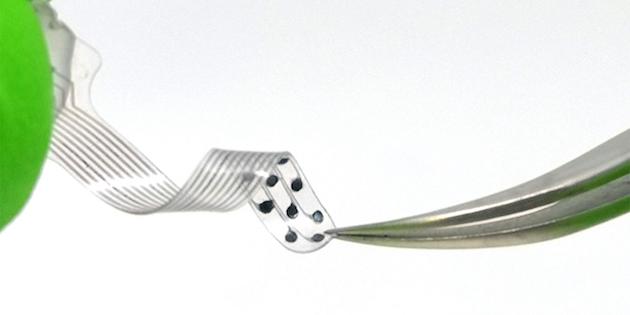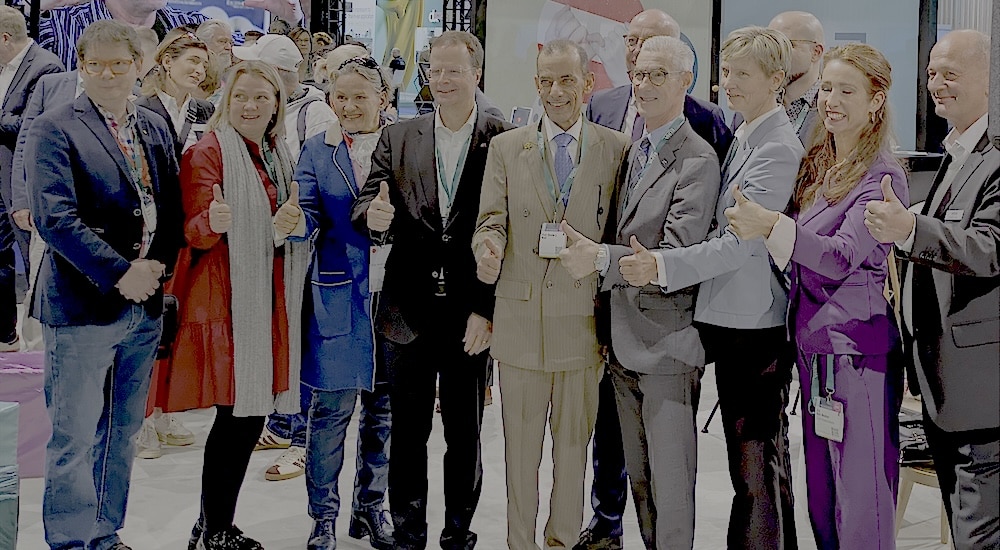Elastic electrodes ready to revolutionise hearing implants
implants
A bendy implant material of silicone-covered platinum , with a surface area of just 0.25mm2, is now being prepared for human trials. Its developers see it replacing auditory brainstem hearing implants (ABI).

Hearing implants have brought sound back in many previously hopeless cases. And where inner ear or auditory nerve damage rule out cochlear implants, ABIs have proved a highly successful neuroprosthetic in getting electrical signals direct to the auditory brainstem, but their outcomes are mixed, one of the major problems being their inflexibility; they cannot wrap to the curve of the auditory brainstem.
The need for a soft, elastic electronic interface has been worked on by the Swiss Federal Institute of Technology (EPFL), Lausanne (Switzerland), with help from Harvard Medical School and Massachusetts Eye and Ear (Boston, USA). Together, they have come up with a new implant material, reduced it to a size suitable for use in humans, and tested it successfully in mice. It is now at the study stage prior to human testing. The project's progress has just been reported in the journal Science Translational Medicine.
Problems with the rigidity of the metal platinum were overcome with inspiration from the traditional Japanese art of paper cutting, kirigami, whose technique was emulated to cut Y-shaped patterns into metalised plastic segments, before micron-scale machining.
EPFL researchers are already eyeing other applications. “The properties of our device would be of value for all sorts of implantable neuroprosthetics, such as those used to stimulate or record neural activity in the spine, brain or even peripheral nerves,” says project leader Stéphanie Lacour.
Source: EPFL
 Sign in
Sign in

